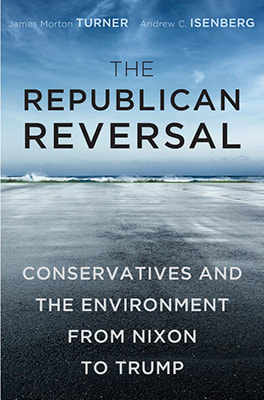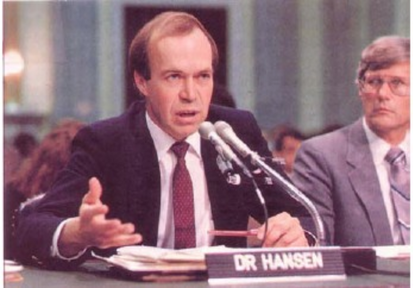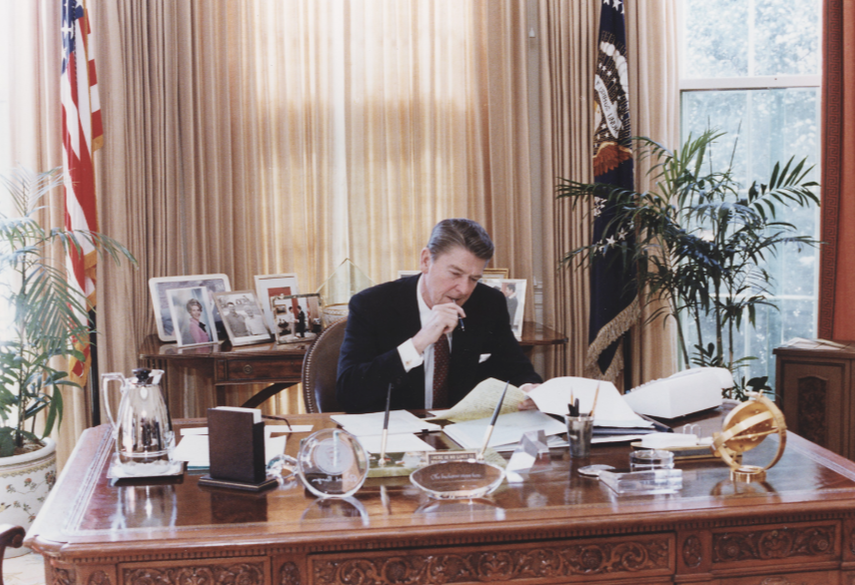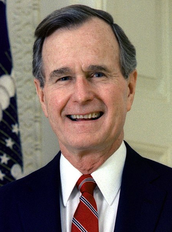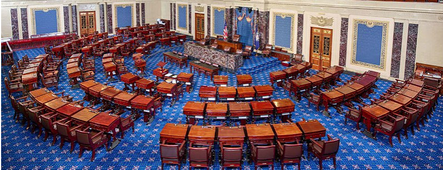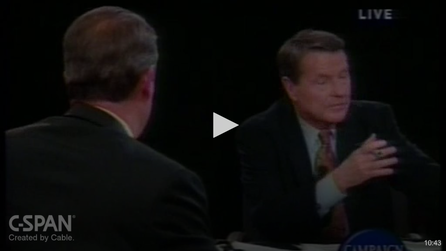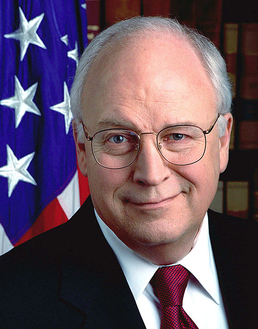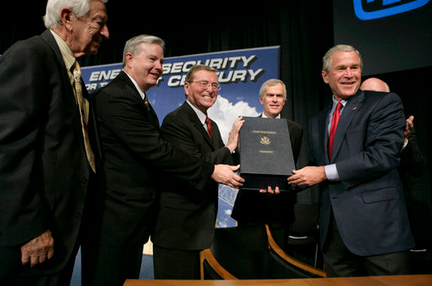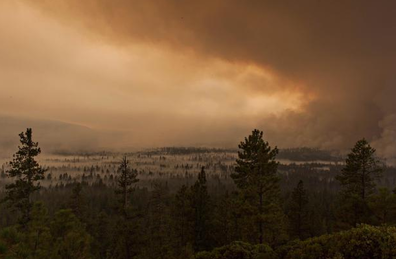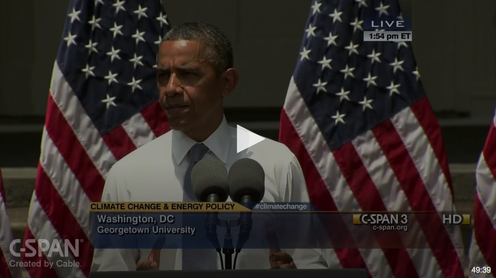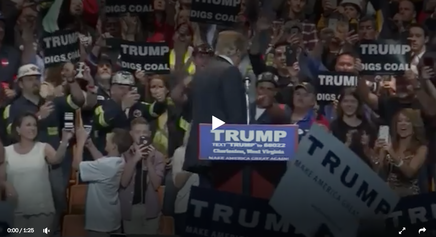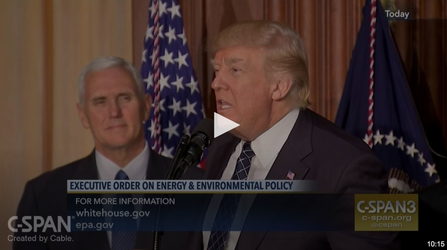CHAPTER FOUR:
American Exceptionalism in a Warming World
|
Primary Sources
1988
“...THE EARTH IS WARMER IN 1988 THAN AT ANY TIME IN THE HISTORY OF INSTRUMENTAL MEASUREMENTS” - HANSEN
1990
“Global Warming: What Does the Science Tell Us?” A report by the Marshall Institute
Contrary to James Hansen’s assessments, the Marshall institute published a report raising questions about the state of scientific knowledge about global warming. The report highlighted the challenges of measuring global temperatures, the rate of change and other uncertainties, and the shortcomings of Hansen’s prediction. Ultimately, the authors did not deny the potential threat of climate change, but they concluded that warming would be modest and urgent action would be hasty and potentially costly. 1997
2000
2001
“...THE BUSH PLAN IS A BAD IDEA FOR AMERICA’S HEALTH AND ENVIRONMENT” - NRDC 2005
2009
2013
2017
“I THINK YOU ARE AMAZING PEOPLE…IF I WIN WE ARE GOING TO BRING THOSE MINERS BACK. YOU ARE GOING TO BE SO PROUD OF YOUR PRESIDENT. YOU ARE GOING TO BE SO PROUD OF YOUR COUNTRY. YOU WATCH...” - TRUMP
|
Discussion Questions
- What qualities distinguished the US role in international environmental policy through the 1980s?
- Why did some policymakers believe that the successful international effort to forge the Montreal Protocol and address the ozone hole offered a template for action on global warming?
- In what ways were the early 1990’s a missed opportunity to address climate change? In what ways did the commitments adopted in the 1990’s make future action on climate change more difficult?
- Why did the Clinton administration propose an energy tax in 1993? Why did the tax fail to gain legislative support? What changes did the Clinton administration succeed in making on energy policy?
- Both Presidents George H.W. Bush and George W. Bush did an “about face” on addressing climate change at the start of their administrations. Why?
- To what extent have debates over climate change been about science and to what extent has it been about other factors, such as local communities, the meaning of work, or the economy? What are some historical moments that illuminate the complex role of science in public decision making?
- Trump promised to end the “war on coal.” When did that “war” begin? Who started it? How did that rhetorical claim evolve with changing administrations?
- Why did the Byrd-Hagel resolution, which was drawn up in opposition to international climate negotiations, draw unanimous support in the U.S. Senate?
- In what ways did Al Gore’s 2006 documentary An Inconvenient Truth both facilitate and hinder efforts to advance climate change policy?
- What are the parallels between partisan debates over health care and climate and energy policy during the Obama administration?
- Despite some Republicans efforts to advance a bipartisan climate bill in the early 2000’s, why did the Republican Party object so strenuously both to the Clean Power Plan and the Paris Climate Accord?
Additional Readings
U.S. and the Global Environment
Ozone Diplomacy: New Directions in Safeguarding the Planet
Richard Elliot Benedick | Cambridge, MA: Harvard University Press, 1998
The Dawn of Conservation Diplomacy: U.S.-Canadian Wildlife Protection Treaties in the Progressive Era
Dorsey Kurkpatrick | Seattle: University of Washington Press, 1998
Domestic Sources of International Environmental Policy: Industry, Environmentalists, and U.S. Power
Elizabeth R. DeSombre | Cambridge, MA: MIT Press, 2000
“Of Montreal and Kyoto: A Tale of Two Protocols”
Cass R. Sunstein | Environmental Law Review: News and Analysis, August 2008
Richard Elliot Benedick | Cambridge, MA: Harvard University Press, 1998
The Dawn of Conservation Diplomacy: U.S.-Canadian Wildlife Protection Treaties in the Progressive Era
Dorsey Kurkpatrick | Seattle: University of Washington Press, 1998
Domestic Sources of International Environmental Policy: Industry, Environmentalists, and U.S. Power
Elizabeth R. DeSombre | Cambridge, MA: MIT Press, 2000
“Of Montreal and Kyoto: A Tale of Two Protocols”
Cass R. Sunstein | Environmental Law Review: News and Analysis, August 2008
Global Warming, Energy, History, and Politics
“Balance as Bias: Global Warming and the US Prestige Press”
Maxwell T. Boykoff and Jules M. Boykoff | Global Environmental Change, July 2004
“Six Years of Deceit”
Tim Dickinson | Rolling Stone, 28 June 2007
“Exxon Knew about Climate Change Almost 40 Years Ago”
Shannon Hall | Scientific American, 26 October 2015
Behind the Curve: Science and the Politics of Global Warming
Joshua P. Howe | Seattle: University of Washington Press, 2016
“The Koch Brothers’ Covert Ops”
Jane Mayer | The New Yorker, 30 August 2010
Merchants of Doubt: How a Handful of Scientists Obscured the Truth on Issues from Tobacco Smoke to Global Warming
Naomi Oreskes and Erik M. Conway | New York: Bloomsbury, 2010
Spencer Weart: The Discovery of Global Warming
Spencer Weart’s website provides an excellent introduction to the history of climate science during the twentieth century, as scientists came to realize that humans were the driving force in a new era of global warming.
Maxwell T. Boykoff and Jules M. Boykoff | Global Environmental Change, July 2004
“Six Years of Deceit”
Tim Dickinson | Rolling Stone, 28 June 2007
“Exxon Knew about Climate Change Almost 40 Years Ago”
Shannon Hall | Scientific American, 26 October 2015
Behind the Curve: Science and the Politics of Global Warming
Joshua P. Howe | Seattle: University of Washington Press, 2016
“The Koch Brothers’ Covert Ops”
Jane Mayer | The New Yorker, 30 August 2010
Merchants of Doubt: How a Handful of Scientists Obscured the Truth on Issues from Tobacco Smoke to Global Warming
Naomi Oreskes and Erik M. Conway | New York: Bloomsbury, 2010
Spencer Weart: The Discovery of Global Warming
Spencer Weart’s website provides an excellent introduction to the history of climate science during the twentieth century, as scientists came to realize that humans were the driving force in a new era of global warming.
Religion, Conservatives, and the Environment
“The Role of Religion in Environmental Attitudes”
Matthew B. Arbuckle and David M. Konisky | Social Science Quarterly, November 2015
“End-Times Theology, the Shadow of the Future, and Public Resistance to Addressing Global Climate Change”
David C. Barker and David H. Bearce | Political Research Quarterly, 2013
The Tea Party and Religion
Scott Clement | Pew Research Center’s Religion and Public Life Project, 23 February 2011
Religion and the Tea Party in the 2010 Elections
Daniel Cox and Robert P. Jones | Public Religion Research Institute, 5 October 2010
“Moving Mountains: The Business of Evangelicalism and Extraction in a Liberal Age”
Darren Dochuck | What’s Good for Business: Business and American Politics since World War II, New York: Oxford University Press, 2012
Personal Faith, Public Policy
Harry R. Jackson and Tony Perkins | Lake Mary, FL: FrontLine, 2008
The Tea Party and the Remaking of Republican Conservatism
Theda Skocpol and Vanessa Williamson | New York: Oxford University Press, 2012)
Resisting the Green Dragon; Dominion, Not Death
James Wanliss | Burke, VA: Cornwall Alliance, 2011
Between God and Green: How Evangelicals Are Cultivating a Middle Ground on Climate Change
Katharine K. Wilkinson | New York: Oxford University Press, 2012
Matthew B. Arbuckle and David M. Konisky | Social Science Quarterly, November 2015
“End-Times Theology, the Shadow of the Future, and Public Resistance to Addressing Global Climate Change”
David C. Barker and David H. Bearce | Political Research Quarterly, 2013
The Tea Party and Religion
Scott Clement | Pew Research Center’s Religion and Public Life Project, 23 February 2011
Religion and the Tea Party in the 2010 Elections
Daniel Cox and Robert P. Jones | Public Religion Research Institute, 5 October 2010
“Moving Mountains: The Business of Evangelicalism and Extraction in a Liberal Age”
Darren Dochuck | What’s Good for Business: Business and American Politics since World War II, New York: Oxford University Press, 2012
Personal Faith, Public Policy
Harry R. Jackson and Tony Perkins | Lake Mary, FL: FrontLine, 2008
The Tea Party and the Remaking of Republican Conservatism
Theda Skocpol and Vanessa Williamson | New York: Oxford University Press, 2012)
Resisting the Green Dragon; Dominion, Not Death
James Wanliss | Burke, VA: Cornwall Alliance, 2011
Between God and Green: How Evangelicals Are Cultivating a Middle Ground on Climate Change
Katharine K. Wilkinson | New York: Oxford University Press, 2012
Other
The Light-Green Society: Ecology and Technological Modernity in France, 1960-2000
Michael Bess | Chicago: University of Chicago Press, 2003
The Republican War on Science
Chris Mooney | New York: Basic Books, 2005)
Michael Bess | Chicago: University of Chicago Press, 2003
The Republican War on Science
Chris Mooney | New York: Basic Books, 2005)

